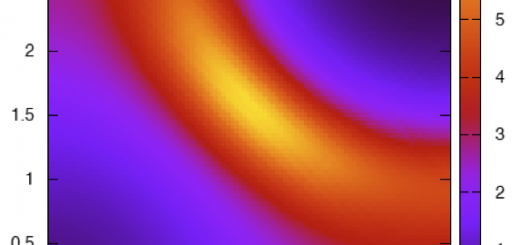Plasmon Quantum Tsunami on C60 observed with highly charged ion energy gain spectroscopy
 Tuesday, 26 October 2010, 12:00-13.00
Tuesday, 26 October 2010, 12:00-13.00
Prof. A. A. Lucas
Donostia International Physics Centre (DIPC), San Sebastian, Spain. And University of Namur, Belgium
ABSTRACT:
This seminar discusses the physical mechanism by which a highly charged, energetic ion partly neutralized by electron transfers from a target – a large molecule, a cluster or a solid surface – can create target collective excitations in the process. We analyse the system of a highly charged ion grazing a fullerene molecule. We propose a new explanation for the periodic oscillations observed in the energy gain spectra of Arq+ ions (q = 8, 13, 14, 15) flying by C60 molecules [N. Selberg, et al, Phys. Rev. A53, 874 (1996)]. The observed oscillations of 6 eV periodicity are assigned to energy losses due to multiple, Poissonian excitations of C60 p-plasmons (6 eV plasmon tsunami). The excitation energy quanta are subtracted from the kinetic energy gained by the ion when one or at most two electrons are transferred to increasingly deep Rydberg states of the ion. The broad s-plasmons of C60 (25 eV quantum) are found to contribute a background continuum to the medium and high energy regions of the observed spectra. The physical model analysed here indicates that electronic collective excitations in several other systems could be studied by highly charged ion energy gain spectroscopy at sufficient resolution.



















